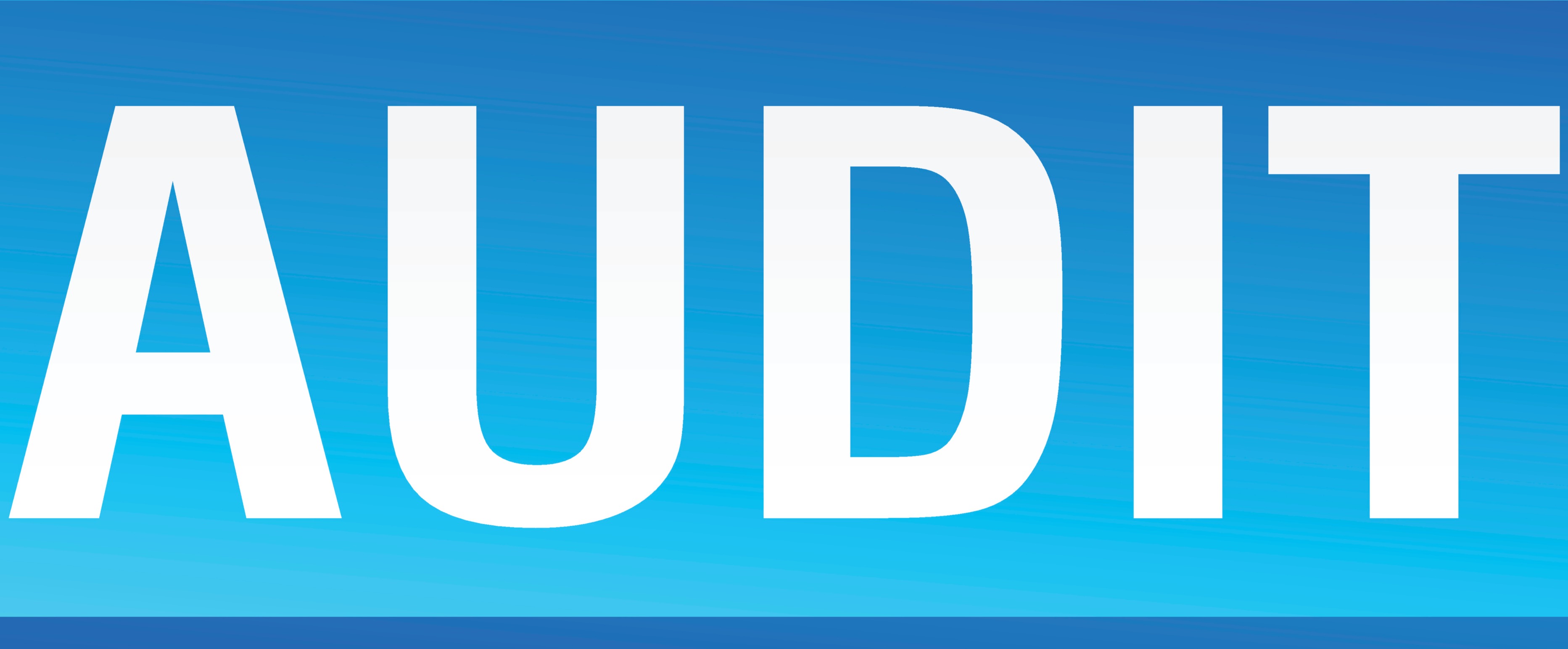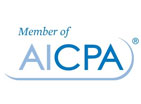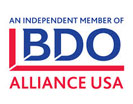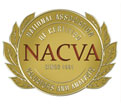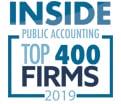On October 25, the Financial Accounting Standards Board (FASB) issued a simpler accounting option that will enable private companies to more easily measure certain types of shares they provide to both employees and nonemployees as part of compensation awards. Here are the details.
FASB Offers Practical Expedient for Private Companies That Issue Share-Based Awards

Posted by Melissa Motley, CPA on Nov 09, 2021
Posted in Audit & Assurance
10 Financial Statement Areas to Watch for COVID-Related Effects

Posted by Melissa Motley, CPA on Oct 14, 2021
The COVID-19 pandemic is still adversely affecting many businesses and not-for-profit organizations, but the effects vary, depending on the nature of operations and geographic location. Has your organization factored the effects of the pandemic into its financial statements? You might not have considered this question since last year if your organization prepares statements that comply with U.S. Generally Accepted Accounting Principles only at year-end.
Posted in Audit & Assurance
Timely financial reporting is key to making informed business decisions. Managers need to know what’s in the pipeline to respond promptly and decisively. Unfortunately, it typically takes several weeks to prepare financial statements under U.S. Generally Accepted Accounting Principles (GAAP). And many companies only produce GAAP financials at the end of the quarter or year. In the meantime, managers may turn their attention to simple “flash” reports.
Posted in Audit & Assurance
Heads Up, Restaurants: Federal Relief Could Trigger a Single Audit

Posted by Melissa Motley, CPA on Sep 09, 2021
Since the outbreak of COVID-19, the restaurant industry has been one of the hardest hit by the pandemic’s impacts, leading to spikes in business closures, continued capacity limitations, and unprecedented loss in both jobs and sales. However, many establishments were able to keep their doors open and continue to serve customers throughout the course of the pandemic with the help of federal aid issued through the CARES Act programs, Restaurant Revitalization Fund, and other relief programs. As a result, restaurants may be subject to the Single Audit this year.
Posted in Audit & Assurance
Financial Reporting Issues to Consider in "Going Private" Transactions

Posted by Melissa Motley, CPA on Sep 02, 2021
In the midst of mounting inflation, supply shortages, geopolitical turmoil, threats of cyberattacks, and continuing COVID-19 concerns, public stock prices are expected to fluctuate in the coming months. This situation has unsettled shareholders and makes long-term strategic planning challenging. Now might be a good time to consider getting off the rollercoaster by taking your company out of the public eye.
Posted in Audit & Assurance
Private Companies: Are You on Track to Meet the 2022 Deadline for the Updated Lease Standard?

Posted by Aaron K. Waller, CPA on Aug 24, 2021
Updated accounting rules for long-term leases took effect in 2019 for public companies. Now, after several deferrals by the Financial Accounting Standards Board (FASB), private companies and private not-for-profit entities must follow suit, starting in the fiscal year 2022. The updated guidance requires these organizations to report — for the first time — the full magnitude of their long-term lease obligations on the balance sheet. Here are the details.
Posted in Audit & Assurance
Financial Statements: Take the Time to Read the Entire Story

Posted by Melissa Motley, CPA on Aug 04, 2021
A complete set of financial statements for your business contains three reports. Each serves a different purpose but ultimately helps stakeholders — including managers, employees, investors, and lenders — evaluate a company’s performance. Here’s an overview of each report and a critical question it answers.
Posted in Audit & Assurance
Timing counts in financial reporting. Under the accrual method of accounting, the end of the accounting period serves as a strict “cutoff” for recognizing revenue and expenses.
Posted in Audit & Assurance
Internal Control Questionnaires: How to See the Complete Picture

Posted by Aaron K. Waller, CPA on Jul 21, 2021
Businesses rely on internal controls to help ensure the accuracy and integrity of their financial statements and prevent fraud, waste, and abuse. Given their importance, internal controls are a key area of focus for internal and external auditors.
Posted in Audit & Assurance
Internal controls are a system of policies and procedures organizations put in place to protect assets and improve operating efficiency. Effective internal controls are critical to accurate financial reporting. A solid system of controls can help prevent, detect and correct financial misstatements due to errors and fraud.
Posted in Audit & Assurance




